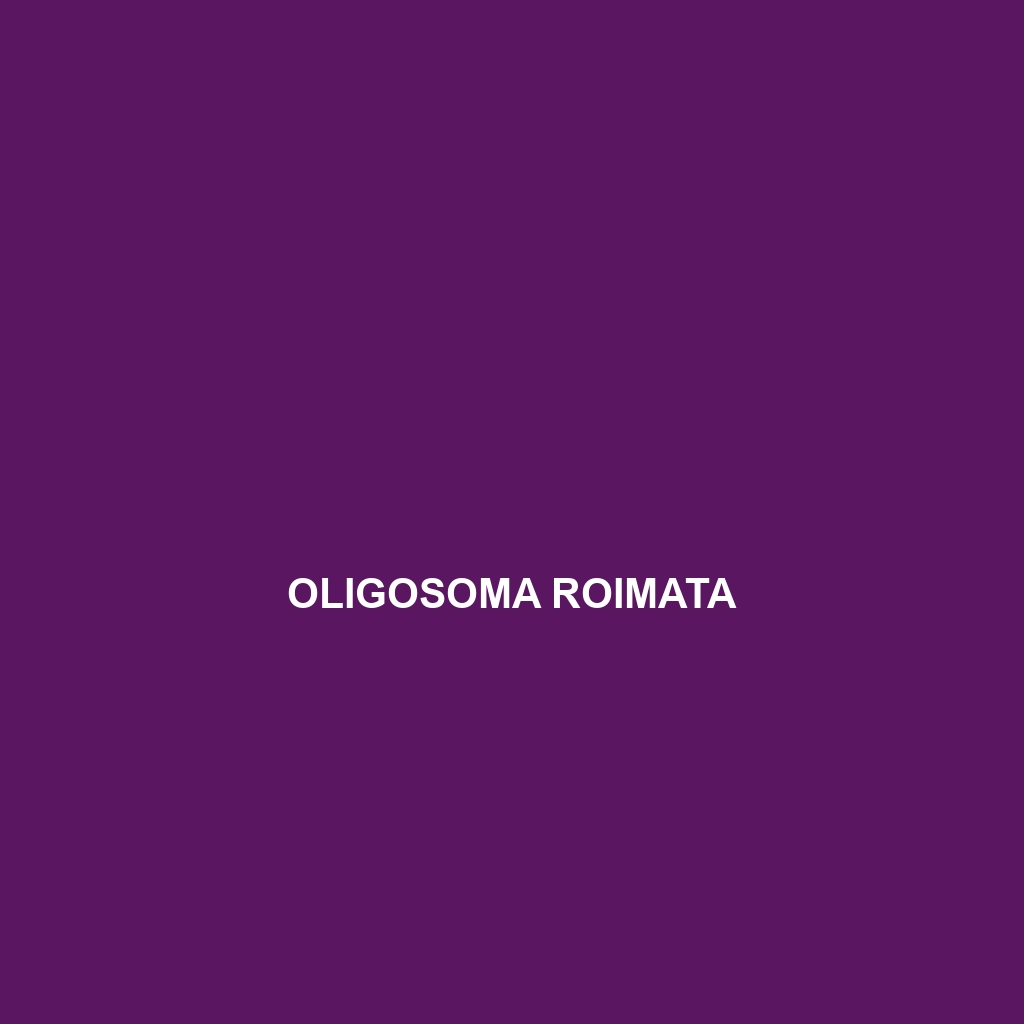Common Name
Oligosoma roimata
Scientific Name
Oligosoma roimata
Habitat
The Oligosoma roimata, commonly known as the Roimata skink, is primarily found in the lush and diverse environments of New Zealand. This species thrives in moist, temperate forests and grasslands, often inhabiting the undergrowth, where they find shelter among leaf litter and rocks. The climate in these regions is generally mild, with annual rainfall supporting dense vegetation essential for the skink’s survival. Furthermore, Oligosoma roimata can also be found in coastal areas, where its adaptability to different environments showcases its ecological versatility. These habitats serve as crucial ecosystems for maintaining biodiversity and providing resources for various other species.
Physical Characteristics
Oligosoma roimata exhibits distinct physical traits that aid in its identification. Typically, this skink reaches lengths of up to 10 cm (approximately 4 inches) and features a slender body with smooth, shiny scales. Its coloration ranges from olive-green to brown, often adorned with subtle patterns that provide effective camouflage against predators. Additionally, the Roimata skink has a long tail, which can be easily shed when threatened, allowing it to escape potential danger. The combination of its unique coloration and physical attributes allows Oligosoma roimata to blend seamlessly into its surroundings, a vital survival mechanism in its natural habitat.
Behavior
Oligosoma roimata exhibits a variety of intriguing behaviors that enhance its adaptability in the wild. Primarily diurnal, these skinks are active during the daylight hours, foraging for food and basking in the sun. Their social interactions, while often solitary, can include dynamic displays during mating rituals, where males will engage in intricate courtship behaviors to attract females. These skinks tend to be territorial, especially during the breeding season, marking their domains through scent. Moreover, they are known for their ability to showcase remarkable agility, darting quickly into crevices or under foliage when threatened. This combination of social and survival tactics makes the behavior of Oligosoma roimata both captivating and critical to its thriving existence.
Diet
The diet of Oligosoma roimata predominantly consists of a variety of insects, making it an insectivore. These skinks feed on an array of invertebrates, including ants, beetles, and caterpillars, showcasing their foraging skills in their natural habitat. During the warmer months, they exhibit a heightened feeding activity, capitalizing on the abundant food supply. The Roimata skink’s feeding patterns indicate not only their adaptability but also their role in maintaining ecological balance by controlling pest populations within their environment.
Reproduction
The reproductive cycle of Oligosoma roimata occurs during the spring months, when temperatures begin to rise. Mating typically takes place through intricate courtship displays, with males actively pursuing females. After successful mating, females exhibit ovoviviparity, where they carry fertilized eggs internally until they hatch. The gestation period lasts approximately 2-3 months, culminating in the birth of live young, usually ranging from 2 to 6 offspring per litter. The mothers provide minimal parental care, but the young skinks are self-sufficient shortly after birth, crucial for their survival in the wild.
Conservation Status
Currently, Oligosoma roimata holds a conservation status of Least Concern, according to the International Union for Conservation of Nature (IUCN). However, habitat loss due to urbanization, agriculture, and invasive species poses challenges to its population stability. Conservation efforts are in place to monitor populations and protect their natural habitats, emphasizing the importance of maintaining biodiversity in New Zealand’s unique ecosystems. Active restoration projects and community awareness programs are crucial for ensuring the long-term survival of this species.
Interesting Facts
One of the intriguing aspects of Oligosoma roimata is its ability to regenerate its tail quickly after loss, a feature that not only aids in escaping predators but also promotes further growth. Additionally, this species has been observed displaying a range of colors depending on ambient temperatures, a fascinating adaptation that improves thermoregulation. Another interesting fact is the skink’s role in local folklore where it is recognized for its significance to Māori culture, underscoring its importance beyond ecological boundaries.
Role in Ecosystem
Oligosoma roimata plays a crucial ecological role within its habitat, functioning as both a predator and prey. By feeding on various invertebrates, the Roimata skink helps maintain balanced populations of these species, thus contributing to overall ecosystem health. Additionally, as prey for larger predators such as birds and mammals, they support higher trophic levels in the food web. Their presence is vital for nutrient cycling within their environments, and their interactions with other species highlight their significance as a key player in maintaining ecological integrity.
